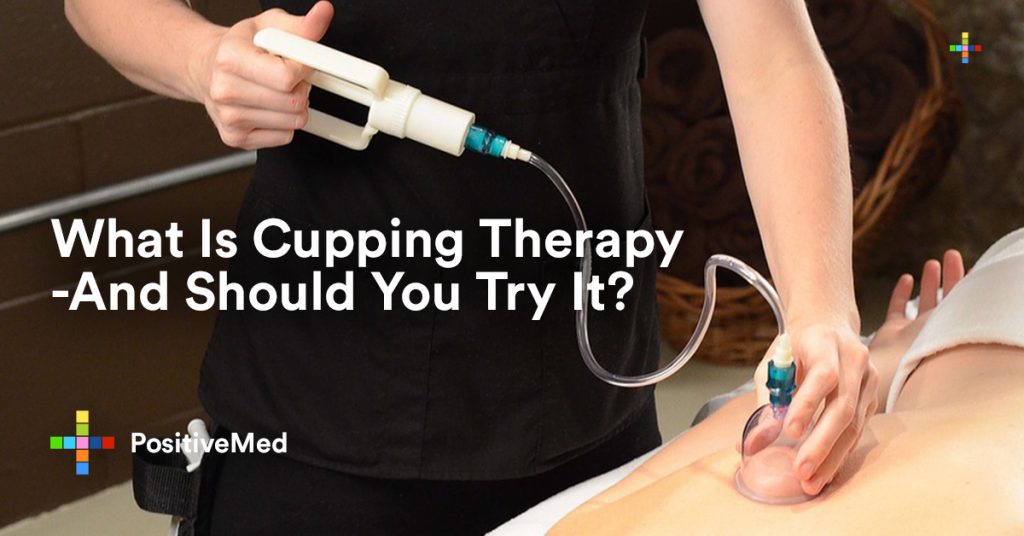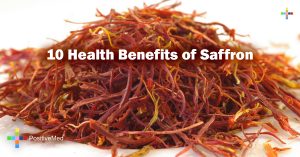It was thought that cupping therapy would come to an end in 2016. This is after Michael Phelps exited permanently from the pool.
Two years later, celebs such as Busy Phillips and Kaley Cuoco are still participating in the cupping therapy.

What is cupping?
Cupping is an ancient therapy from China. It is founded on the belief that some health problems are caused by the poor energy flow and stagnant blood in your body.
To prevent or fix these health issues, the cupping specialists apply cups. Typically, they apply silicone or glass to the skin to create pressure that sucks the skin inward. This is according to the National Center for Complementary and Integrative Medicine.
The cupping practitioners place the cups on your back. They may either leave the cups in place or slide them using oil or lotion.
“Either way, the pressure that the cups create draws blood to the affected area, increasing your blood flow overall,” says Chiti Parikh. He is the M.D., integrative medicine practitioner at the Weill Cornell Medicine Integrative Health and Wellbeing Center in New York City.
“That increased blood flow can relieve muscle tension, improve circulation, and reduce inflammation,” says Parikh.
What is the use of cupping?
According to Parikh, cupping is generally used to treat chronic pain such as headaches and back pain, says Parikh. “It’s all about getting rid of musculoskeletal pain, which is often a physical manifestation of chronic stress,” he explains.
In many instances, the chronic stress manifests in how you carry yourself. We’re often tensing our muscles when we’re stressed—especially when we’re hunched over our computers and our phones—and that muscle tension can result in physical pain, which is what cupping helps reduce,” adds Parikh.
There are many people who think that cupping helps in detoxification, but since “detoxing” really isn’t a thing, they mean that they relieve inflammation in that area.
“When people are suffering from physical pain that means that inflammation has increased locally in that area. Cupping, then, improves blood circulation in that area by attracting immune cells to that location to increase the repair and recovery process, so that the swelling can go down,” clarifies Parikh.
Although there are many studies which claim that cupping therapy can help relieve chronic pain, the research is not conclusive. For example, results of a 2016 study that was published in the journal Evidence Based Complementary Alternative Medicine, say that cupping therapy is due to the placebo effect.
Does cupping reduce stress?
Cupping is helpful to treat the more physical manifestations of stress. But, as it is known, the physical symptoms are just a part of the full story.
It is for this reason that cupping works well when accompanied with acupuncture to help the mental side of stress. “Acupuncture releases endorphins, and may be better able to help manage the root cause of your mental stress and anxiety in a more holistic way,” Parikh explains “That’s why the combo of cupping and acupuncture works really synergistically to manage your stress from all areas,” she adds.
Although when you try cupping on its own can work to treat physical pain in more severe conditions, the best and most long-term relief comes when one go for the combo. “The effect is simply more sustainable that way,” she says. “Cupping is hardly ever recommended on its own.”
Should you try cupping?
Maybe you are wondering whether you can try cupping or no–yes try it. That back pain that has been disturbing you for many weeks may be relieved.
You should remember that the cups will definitely leave big and hickey-like bruises on the skin. They may last from between two days and two weeks. Therefore, if that is not something you have an interest in, steer clear.
It should also be noted that the color of the marks varies from one person to another and it does not portray how well the cupping worked.
According to Parikh you should also avoid cupping if are using blood thinners, have trouble with clotting or bleeding, or you have wounds that are open. The same applies for those people with thin or sensitive skin. “You should also avoid cupping on any areas where you have delicate skin, because it can cause tearing.” She adds.
If the restrictions do not apply to you and you want to give cupping a try, find a good practitioner. According to Parikh the best cupping practitioners are acupuncturists.
“To find a good one in your area, I would recommend asking an integrative medicine doctor for a recommendation,” she advises. “If you don’t know one, your regular doctor will usually be able to refer you to a good one.”
If you think your health problems are associated with lack of energy and poor blood flow, you can now move on and have the cupping.






